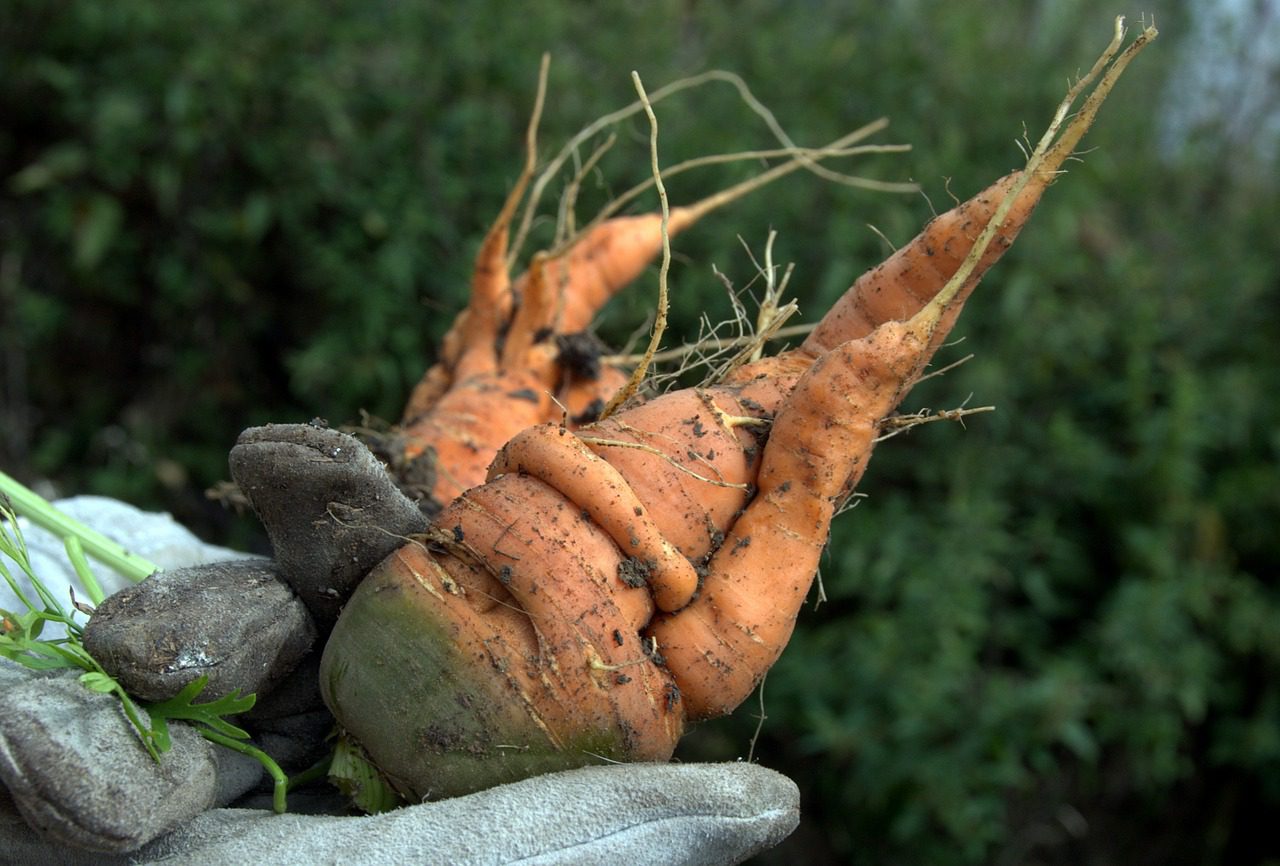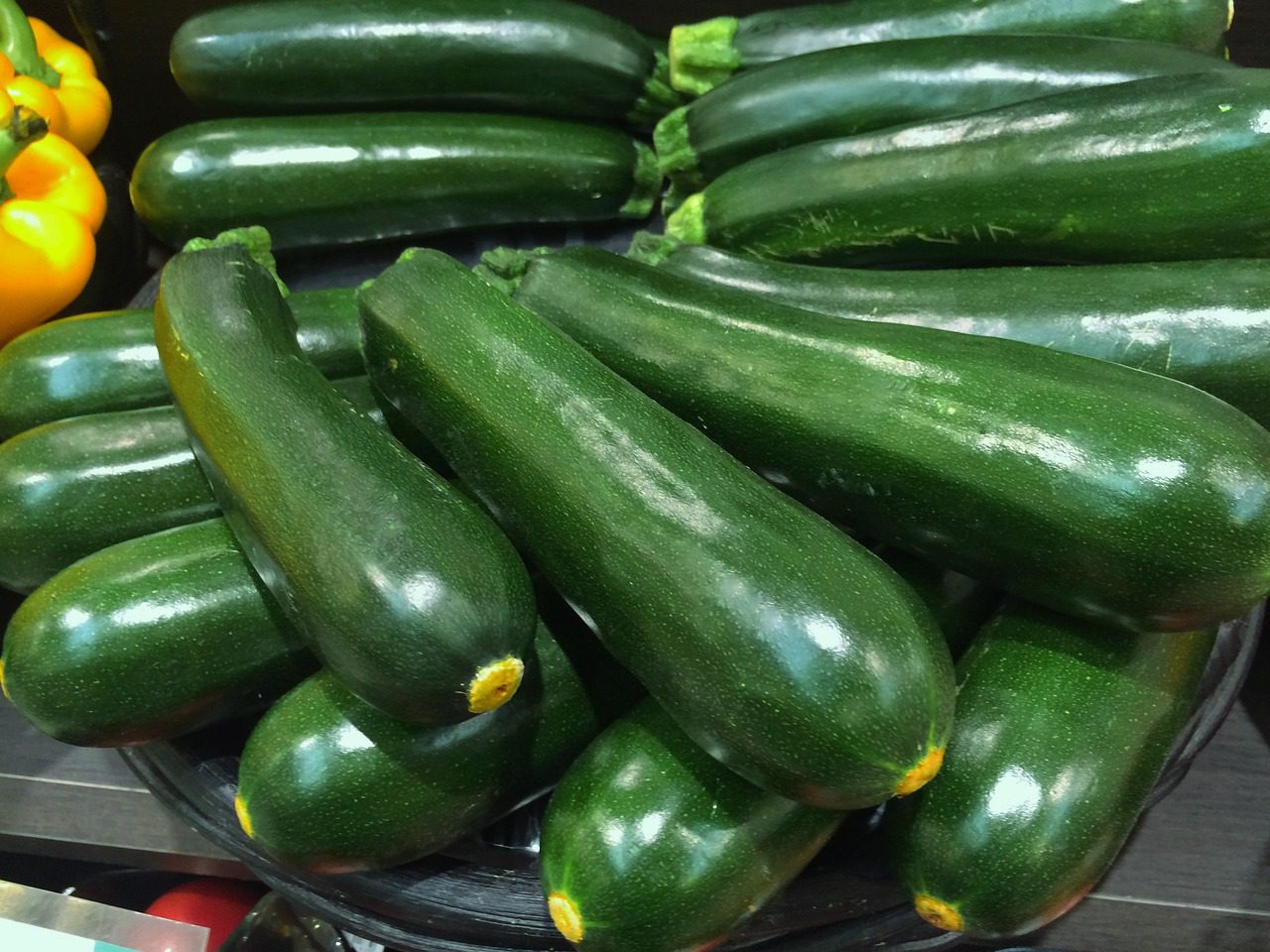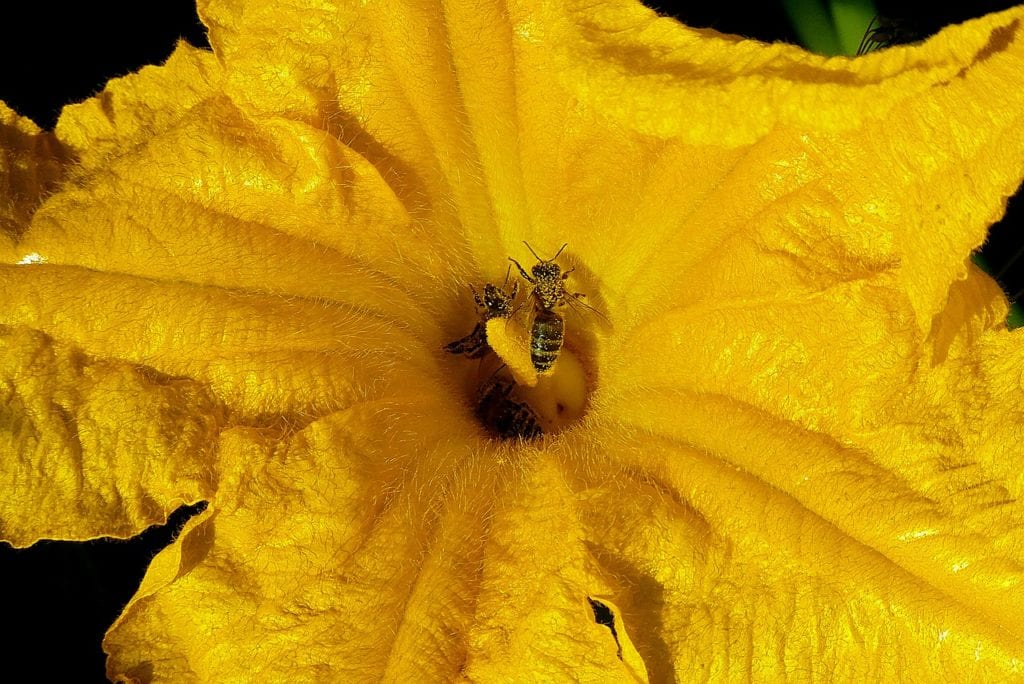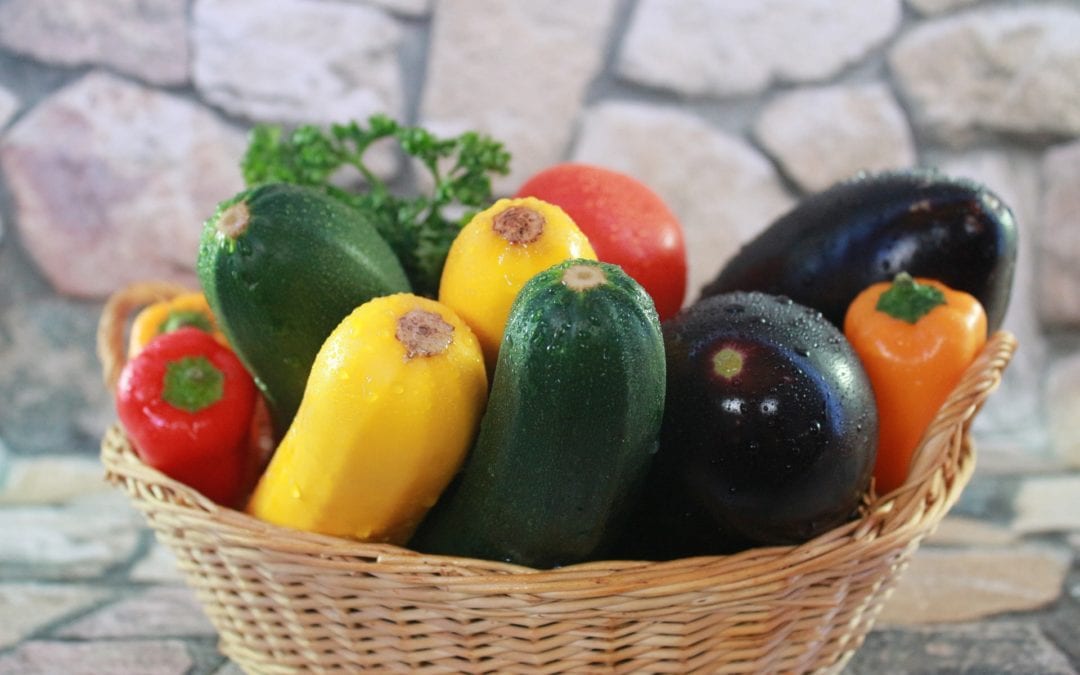It’s easy to get excited about spring vegetables when you visit Rainbow Gardens this time of year. A huge variety of tomatoes, peppers, cucumbers, squash and more are displayed, in hopes they’ll be picked and offered a home in your vegetable garden. We’ve offered you info on basic needs for vegetables and given our advice for best soil prep, building raised beds, fertilizers, etc., to get you growing your vegetables successfully, but today we’re diving in a little deeper with some extra tips to ensure a vegetable victory in your gardens.
Troubleshooting Tips for Select Spring and Summer Vegetables.


Problem: Misshapen, puny vegetables
Misshapen vegetables like a gnarly, twisted carrot or a less-than-full bulb on a spring onion, most likely occured due to:
- The lack of thinning seedlings after they were planted. Carrots, radishes, onions, spinach, etc. have tiny seeds that need at least 2″ of space between seedlings to thrive.
- Lack of soil depth to allow for proper root growth. Most vegetables need at least 12″-15″ of soil depth, more is preferable.
- Incorrect soil type or lack of soil quality. Soil containing lots of rock can create obstacles that roots have to then curve around, possibly resulting in defected growth. Vegetable garden soil should be loose, free of clods and debris, and full of finely ground organic material (peat moss, compost). Research your chosen vegetables’ preferences for soil type. For instance, carrots perform much better in a sandy, loamy soil.


Problem: Bitter, tough vegetables.
The bitter taste of fresh cucumbers or the woody texture and tasteless flavor of a squash can be the result of:
- The plant going dry one too many times (especially cucumbers). Keep vegetables well-watered and fed regularly. Just a couple missed waterings can affect flavor.
- The vegetables have been left on the vine too long. Harvest common cucumbers for fresh eating by the time they are 6″-7″ in length for best taste, same with zucchini. Yellow straightneck or crookneck squash should be harvested at 4″-5″ long.


Problem: Lack of fruit production
If your vegetable plant/vine is maturing and looks healthy but there is just no sign of fruit development, it could be due to a lack of:
- Pollination! Where are your bees? If you do not have enough bee activity in your vegetable garden, you may have to pollinate your vegetables yourself. Male flowers on vegetables like squash and cucumbers have straight stems, female flowers have swollen bases where fruit develops. Cut off a couple male flowers, peel back petals and dab the pollen onto the female flower parts. Tomatoes are self-pollinating so in the event of lack of fruit, you can thump the flowers every few days to let the pollen loose. But for heaven’s sake, plant some pollinator attracting plants in your vegetable garden to welcome the bees!
- Temperature. The weather and temperature can affect fruit set on vegetables. Large fruiting varieties of tomatoes and peppers, are highly unlikely to produce fruit once daytime temps are consistantly above 90°. Choose the right variety for our climate from the start.
Lastly, if your vegetables are not even producing flowers, much less fruit, take a look at where they are planted. Vegetables whould be planted in an area where they receive full sunlight. If that’s where you have them planted, it could be the weather. Cloudy, rainy spring days delay the onset of flowers and fruit on your vegetables, so patience might be in order. Remember, this too shall pass.
~The Happy Gardener, Lisa Mulroy

